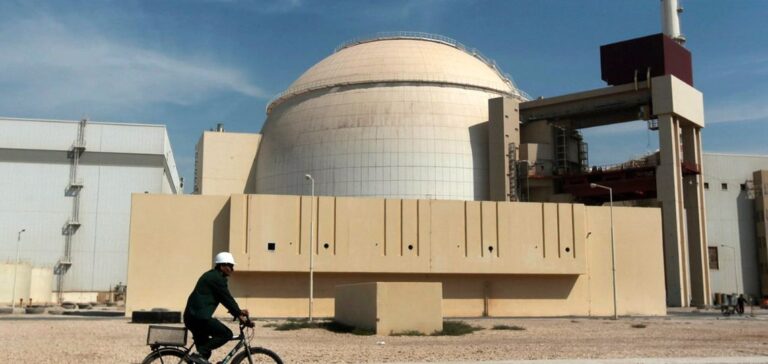Under the leadership of Mohammad Elsami, AEOI is actively exploring for uranium and rare earths in Iran, notably at Jang-e Sar. Efforts are focused on geological mapping, mineral resource evaluation and the use of geophysical technology. This initiative strengthens Iran’s nuclear mining capacity.
Exploration underway for uranium and rare earth elements in Iran
Exploration for uranium and rare earths began last year. It’s in Jang-e Sar, Iran. The province is West Azerbaijan. Mohammad Elsami heads the Atomic Energy Organization of Iran (AEOI). According to him, it’s still going on.
The organization said it had estimated and assessed “mineral tonnage and grade”, but did not provide resource figures.
This mining complex will serve as a center for the supply of raw materials for nuclear fuel, and will play an “important” role in supporting Iran’s plans for 20,000 MWe nuclear capacity.
AEOI advances in Mineral Resource Exploration and Evaluation
AEOI carried out geological mapping, prepared a detailed phase report and used airborne geophysical technology to identify and study uranium and other mineralization in the area. The organization has estimated and assessed “the ton and grade of minerals”, without providing resource figures.
The construction schedule is expected to take 30 months, and will run in parallel with “operation, construction and the development of studies, particularly for the treatment of other radioactive elements”, he said.
Major investment in the Jang-e Sar project
The first stage of the project at Jang-e Sar will require an investment of around 10 trillion Rials (around US$240 million) to complete.
“We’re leaving the study phase and starting the actual work,” says Eslami.
Iran has previously mined uranium at Gachin, near the Persian Gulf port of Bandar Abbas. According to information from the International Atomic Energy Agency, the Bandar Abbas Uranium Production Plant closed in 2016. It offered a production capacity of 21 tU per year. In addition, a 50 tU/year production facility in Ardakan began operations in 2017. The facility processes ore from the Saghand mine in Iran’s central Yazd province.
Expansion of nuclear mining initiatives in Iran
In February, AEOI took the initiative of announcing the start of the construction process for a uranium-molybdenum mine. The mine is located within the Narigan mining and industrial complex in Yazd. At the time, Eslami’s statements put forward precise estimates: 650 tU and 4600 tonnes of molybdenum, specifically in this area. Iran thus intends to maintain its goal of developing its nuclear mining operations. The aim here is for Iran to expand its activities and strengthen its capacity in this particular sector.






















